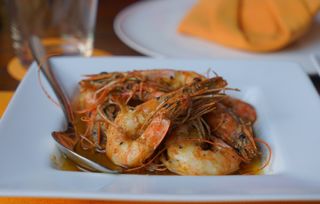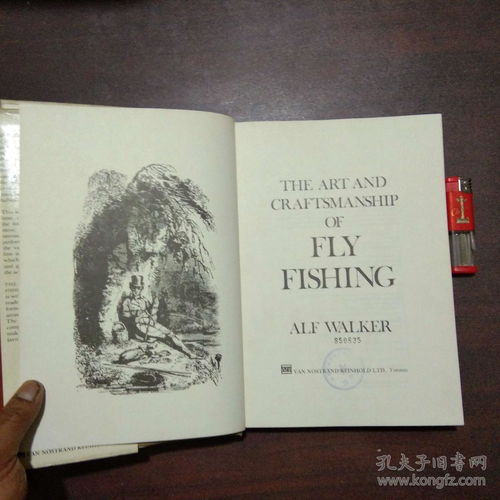Content:
Introduction: Crab fishing, an ancient and revered practice, has been a staple in many coastal communities around the world. Using a hand rod to catch crabs is not only a traditional method but also a highly rewarding one. Whether you're a seasoned angler or a beginner looking to explore the world of crab fishing, this article will provide you with a comprehensive guide on how to fish for crabs using a hand rod. We will delve into the essential techniques, equipment, and tips to ensure a successful crab fishing experience.
Choosing the Right Hand Rod: The first step in crab fishing is selecting the appropriate hand rod. Hand rods are typically shorter than regular fishing rods and are designed for crabbing. Look for a rod that is sturdy, with a good balance between flexibility and strength. The length of the rod should be between 3 to 5 feet, allowing you to reach into deeper waters and maneuver around obstacles.
Choosing the Right Line: The line you use for crab fishing should be strong and durable, as crabs can be quite strong and can break weaker lines. Monofilament lines in the range of 20 to 30 pounds test are generally sufficient. It's also advisable to use a braided line or a fluorocarbon leader to prevent the crabs from feeling the weight of the line and breaking free.
Attaching the Bait: Crabs are attracted to a variety of baits, including fish heads, shrimp, and chicken liver. To attach the bait, create a simple hook setup. Thread the bait onto a large, strong hook, ensuring it is securely fastened. For larger crabs, a 6/0 to 8/0 hook is recommended. For smaller crabs, a 4/0 to 6/0 hook will suffice.

Casting and Lining Up: Once your bait is attached, cast the line out into the water. Aim to cast in a direction that takes the line to the desired depth. It's important to keep the line taut but not too tight, as this can spook the crabs. Allow the bait to sink to the desired depth, then slowly reel in the line while watching for any signs of a crab taking the bait.
Identifying a Crab Bite: When a crab takes the bait, you will often feel a sudden tug or pull on the line. It's crucial to distinguish between a crab bite and other potential disturbances in the water. A crab bite typically feels more deliberate and persistent. If you feel a steady pull, set the hook immediately by pulling back on the rod with a quick, forceful motion.
Reeling in the Crab: Once you've set the hook, start reeling in the crab slowly but steadily. Crabs can be quite strong, so it's important to maintain control. As you reel in, keep an eye on the line for any signs of the crab trying to break free. If the crab becomes overly aggressive, pause and wait for it to tire before continuing to reel it in.
Handling the Crab: Once you've successfully reeled in the crab, it's time to handle it carefully. Crabs are delicate creatures, and rough handling can cause them harm. Use a net or your hands to gently scoop the crab out of the water. Avoid squeezing or throwing the crab, as this can cause injury.
Keeping the Crab Alive: If you plan to keep the crab for consumption, it's important to keep it alive until you're ready to cook it. Place the crab in a bucket of seawater or a cool, shaded area to prevent it from overheating and dying. It's also advisable to keep the crab in the water until you're ready to cook it, as crabs can die quickly out of water.
Cleaning and Cooking the Crab: Once you've caught your crabs, it's time to clean and cook them. The method of cleaning and cooking will depend on the type of crab and your personal preference. Common methods include boiling, steaming, or grilling. Be sure to follow safe cooking practices to ensure the crabs are thoroughly cooked and safe to eat.
Conclusion: Crab fishing with a hand rod is a skill that takes time to master, but with practice and patience, you can become an expert. By following these essential techniques, you'll be well on your way to enjoying a successful crab fishing experience. Remember to respect the local regulations and guidelines for crab fishing, and always handle the crabs with care. Happy crabbing!












